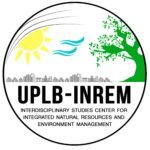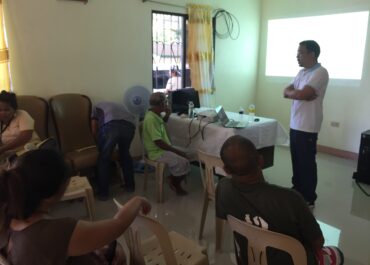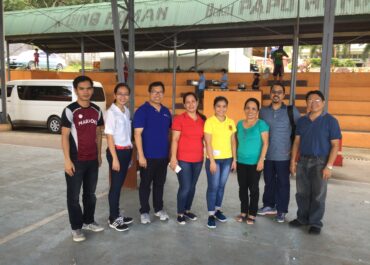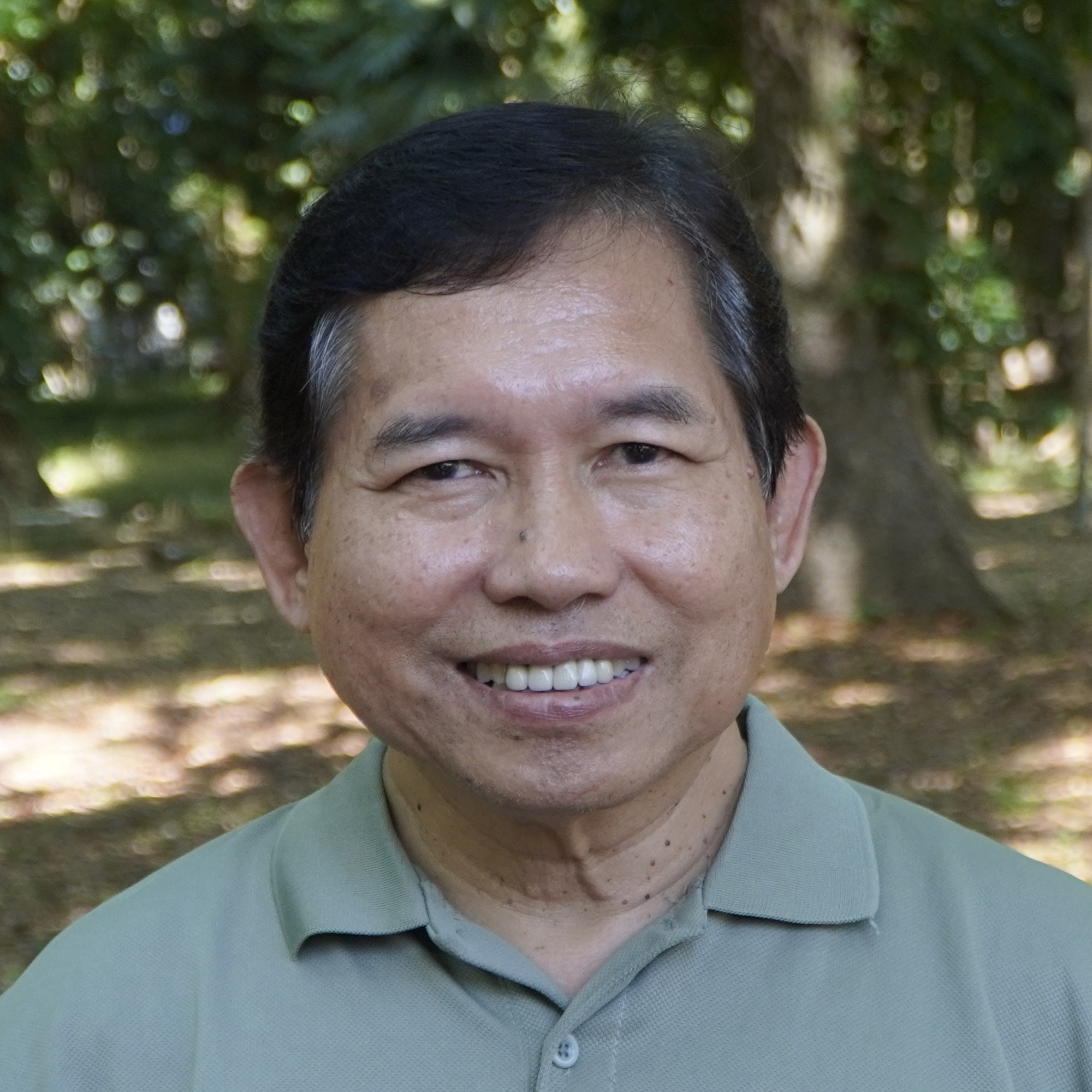Valuing Bio-resources and Recreational Services for Access and Benefit Sharing an Payment for Ecosystem Services: The Case of Bataan National Park

| Project Leader | Dr. Juan M. Pulhin |
| Implementing Agency | Interdisciplinary Studies Center for Integrated Natural Resources and Environment Management (IDSC-INREM), University of the Philippines Los Baños |
| Funding Agency | Department of Science and Technology Philippine Council for Agriculture, Aquatic and Natural Resources Research and Development (DOST-PCAARRD) |
| Project Location | Bataan National Park |
| Priority Area | Natural Resources and Environment R&D Agenda: Economic valuation and accounting of biodiversity |
| Sector | Forest Ecosystem |
| Objective | Assess the economic benefits of bio-resources, recreational ecosystem services, and passive use values in Bataan National Park to develop policy options for access and benefit-sharing (ABS) and payment for ecosystem services (PES) mechanisms. |
| Disciplines | Bio-Resources, Ecosystem Services, Natural Resource Economics, Forest Ecosystem, Ecological Economics |
Project Overview
Designing policies and plans towards efficient and sustainable natural resources management has been a challenge due to problems associated with measuring and valuing biodiversity and bio-resources. These issues often lead to failure in accounting for the market and non-market values of biodiversity and inappropriately defining property rights. Hence, rendering the ecosystem services undervalued most of the time. The difficulty of valuing bio-resources also imposes complexity in determining whether the access to and sharing of benefits derived from the bio-resources is optimal or inefficient, just or inequitable.
Economic valuation of bio-resources and ecosystem services addresses this concern and is the prerequisite to an efficient resource allocation approach (OECD, 2002). This aids decision-makers strike a balance between ecosystem conservation and pursuit of economic growth and development and optimal resource allocation. Hence, this study valued bio-resources and ecosystem services to support policy options for access and benefit-sharing and payment for forest ecosystem services mechanisms.
This study analyzed the economic benefits from the forest ecosystem, focusing on current and potential benefits from genetic resources and ecosystem services, considering both the use and non-use values, not only in on-site but also in off-site communities of Bataan National Park (BNP).
BNP encompasses six (6) municipalities with a total population of 329,052. The Philippine government established the BNP in 1945 under Proclamation No. 24, and currently covers a land area of 20,004.17 hectares under the Expanded National Integrated Protected Areas System (ENIPAS) Act. The ENIPAS Act recategorized BNP as a natural park. BNP provides recreation and ecotourism services with multiple provisioning services such as food, fuelwood, agricultural inputs, among others. Unfortunately, harnessing products and providing services imposed a considerable cost, as reflected in BNP’s relatively low biodiversity indicator values (Alberto, 2015). The reasons cited by Alberto (2015) for low biodiversity are human activities such as logging or timber poaching, kaingin, and charcoal making, which disturbed the growth and distribution of species in the BNP forest ecosystems.
Specific Objectives
- Determine how bio-resources and selected ecosystem services affect the socio-economic conditions of the households considering their current access and benefits from these services
- Assess the awareness and attitudes of households towards issues concerning the conservation and management of BNP
- Estimate the use and passive values of selected ecosystem services in the study area
- Identify the factors affecting the willingness-to-pay for the conservation of Bataan National Park
- Identify policy options for biodiversity conservation with a focus on innovative financing through payment for ecosystem services as well as on access and benefit-sharing schemes






